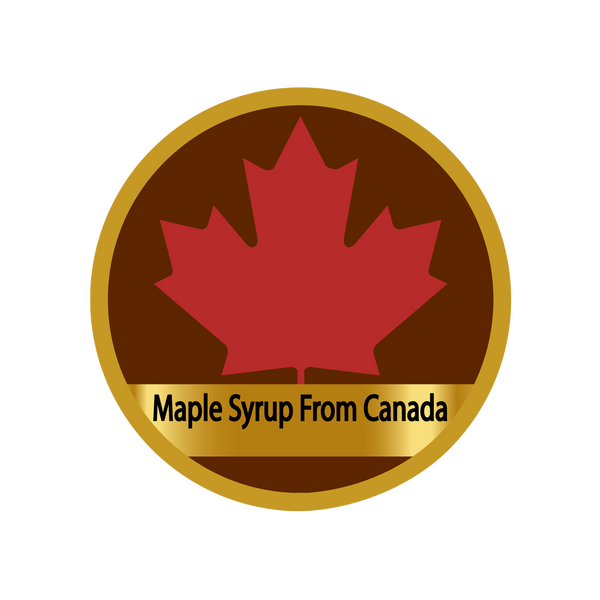Maple syrup production is a unique agricultural process that requires very specific environmental conditions. This is why only certain areas in Canada and the United States can produce maple syrup. Here’s an in-depth look at the conditions required for maple syrup production and the regions where it thrives.
Environmental Conditions for Maple Syrup Production
1. Suitable Climate:
- Temperature: Maple syrup production requires a climate with cold winters and warm, but not hot, springs. The ideal conditions are freezing nights and warm days, with temperatures ranging from -5°C to 5°C (23°F to 41°F). These temperature fluctuations are essential for sap flow in maple trees.
- Seasonal Changes: The production season typically lasts from late February to early April. The trees need a period of dormancy during the cold winter months followed by a gradual warming to stimulate sap flow.
2. Specific Tree Species:
- Sugar Maple Trees (Acer saccharum): The primary source of sap for maple syrup is the sugar maple tree. Other maple species like the black maple (Acer nigrum) and red maple (Acer rubrum) can also be tapped, but they produce lower quantities of sap with lower sugar content.
- Mature Trees: Trees must be mature, generally at least 30 to 40 years old, and have a diameter of at least 10 inches to be tapped effectively.
3. Soil and Terrain:
- Well-Drained Soils: Sugar maple trees thrive in well-drained, fertile soils with a slightly acidic to neutral pH. The soil should also be rich in organic matter.
- Elevation: Maple trees grow well at various elevations, but areas with gentle slopes help with the collection of sap.
Why Maple Syrup Production is Limited to Specific Regions
The specific climatic and environmental requirements mean that maple syrup production is geographically limited. The Northeastern part of North America provides the perfect conditions for maple syrup production, leading to its concentration in certain regions of Canada and the United States.
Canada:
- Quebec: Quebec is the largest producer, accounting for about 72% of the world's supply. In 2020, Quebec produced approximately 13.2 million gallons of maple syrup.
- Ontario: Ontario is the second-largest producer in Canada, producing around 400,000 gallons annually.
- New Brunswick: New Brunswick produces approximately 300,000 gallons of maple syrup each year.
- Nova Scotia: Nova Scotia contributes about 50,000 gallons annually.
United States:
- Vermont: Vermont is the leading producer in the U.S., with production of about 2.2 million gallons in 2020.
- New York: New York produces around 820,000 gallons annually.
- Maine: Maine produces about 590,000 gallons of maple syrup each year.
- New Hampshire: New Hampshire contributes approximately 120,000 gallons annually.
- Michigan: Michigan produces about 123,000 gallons of maple syrup each year.
- Wisconsin: Wisconsin produces around 300,000 gallons annually.
- Pennsylvania: Pennsylvania contributes about 146,000 gallons of maple syrup each year.
- Ohio: Ohio produces approximately 100,000 gallons annually.
Conclusion
The specific environmental conditions required for maple syrup production limit its geographic range to certain areas in Canada and the United States. The unique climate, suitable tree species, and specific soil conditions make the Northeastern part of North America the ideal region for this delicious natural sweetener. Understanding these conditions highlights the importance of preserving these environments to sustain maple syrup production for future generations.

